Managing osteoporosis seems straightforward: Individuals at risk of loss in bone mineral density (BMD) should begin a bisphosphonate or other antiresorptive agent regardless of gender, age, and other risk factors.
The reality is far more nuanced.

“Osteoporosis, like everything else in rheumatology, is a gray area, a discussion with the patient,” said Sonali Khandelwal, MD, Associate Professor of Rheumatology at Rush Medical College, Director of the Rush Connective Tissue Disease Clinic, and Co-Director of the Rush Osteoporosis Treatment Center. “It’s understanding the risks, the benefits, and the data. One patient with osteoporosis is very different from another based on their clinical risk, medications, medical history, risk of falls, activity levels, and so many other factors.”
Dr. Khandelwal will discuss Osteoporosis: Sequential Therapy and Lifelong Maintenance on Sunday, November 13, from 10:30–11:30 a.m. ET, with Felicia Cosman, MD, Professor of Medicine at Columbia University College of Physicians and Surgeons and North American Co-Editor in Chief of Osteoporosis International. Meeting participants have the option to attend the session in person in Terrace Ballroom I of the Pennsylvania Convention Center or on the meeting website via livestream, or to view the session on demand.
The aging population is fueling concern about osteoporosis and increased fracture risk, Dr. Khandelwal noted. Treatment is lifelong, but that does not mean a fixed medication schedule for life. Depending on individual factors, drug holidays may be appropriate for some patients and sequential therapy more appropriate for others.
The American Association of Clinical Endocrinology (AACE) and the Bone Health & Osteoporosis Foundation (BHOF) regularly update their evidence-based practice recommendations, she added. Clinical trials suggest that individuals at low fracture risk should take a drug holiday after three years of intravenous bisphosphonates or five years of oral agents. Individuals at moderate to severe fracture risk could continue intravenous therapy for up to six years or oral therapy for 10 years, then possibly consider a drug holiday.
Patients who are still at high risk may need to change to another agent. The most recent alternative is romosozumab, a monoclonal antibody that inhibits sclerostin to enhance bone formation and decrease bone resorption.
But not every patient jumps at the opportunity to start antiresorptive therapy.
“Osteonecrosis was more of a concern when I was starting practice 12 years ago, but some patients come in saying absolutely no alendronate or no zoledronic acid because of the risks they have heard in the media or from friends,” Dr. Khandelwal said. “That’s when I go through the data and the numbers—the number needed to treat, the number needed to harm—the importance of drug holidays, the reality that there are risks with these drugs but they are outweighed by benefits with careful monitoring. I am able to change minds 95 percent of the time.”
It is just as important to understand treatment goals. For most people, osteoporosis is an age-related disease. The goal is to prevent the often painful, sometimes life-threatening sequelae of spinal, hip fractures, not to rebuild BMD to levels more typical of a younger age.
“If bone density is stable, that’s a success,” Dr. Khandelwal said. “As rheumatologists, we need to understand, and stress to our patients, that we’re not looking for major increases in bone density, but fracture risk reduction, which is well demonstrated with multiple studies. It is important to stress that with even small gains in BMD or even keeping bone density status quo in some cases, there is still prominent fracture risk reduction. We are preventing future fractures and future pain.”
Register Today for ACR Convergence 2025

If you haven’t registered for ACR Convergence 2025, register today to participate in this year’s premier rheumatology experience, October 24–29 in Chicago. All registered participants receive on-demand access to scientific sessions after the meeting through October 31, 2026.
